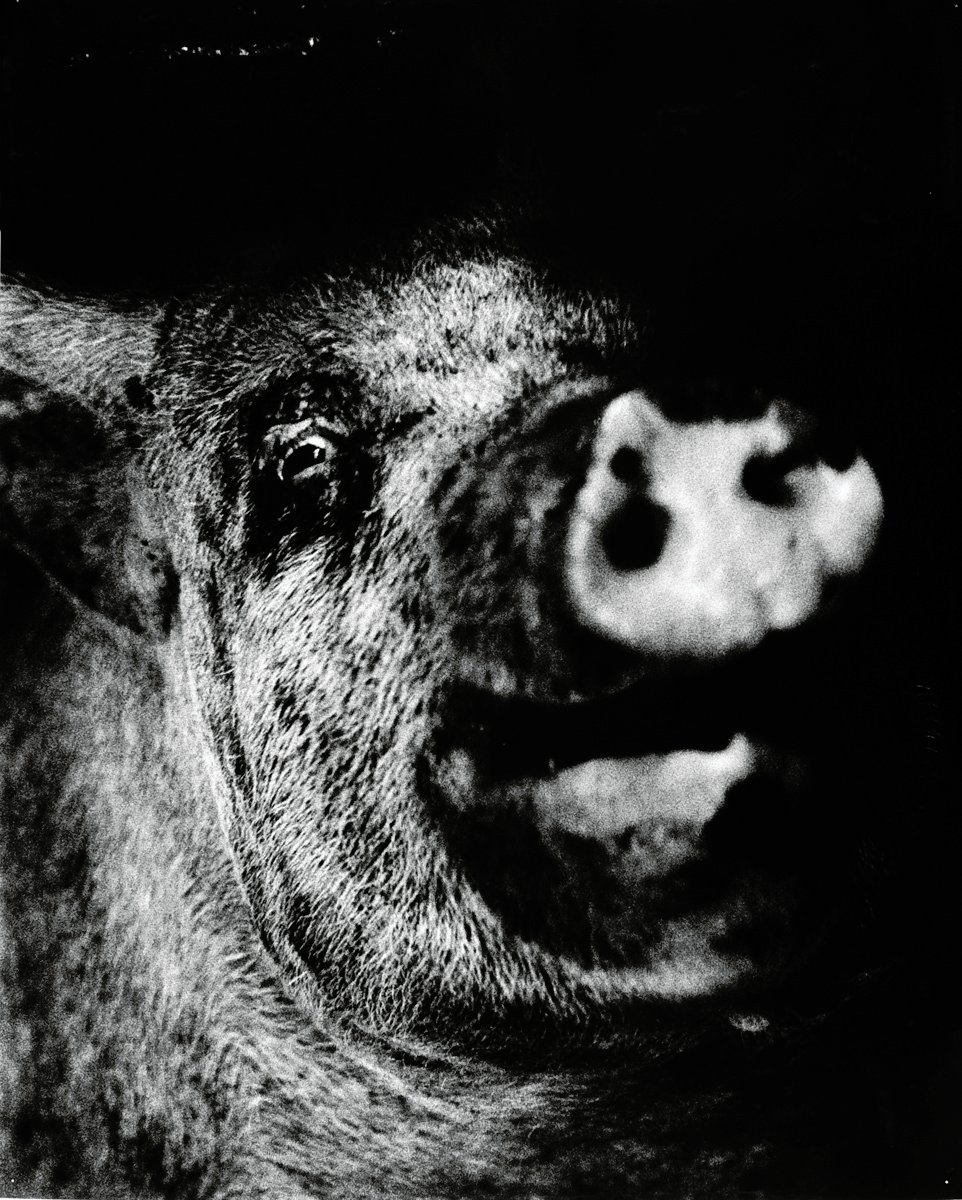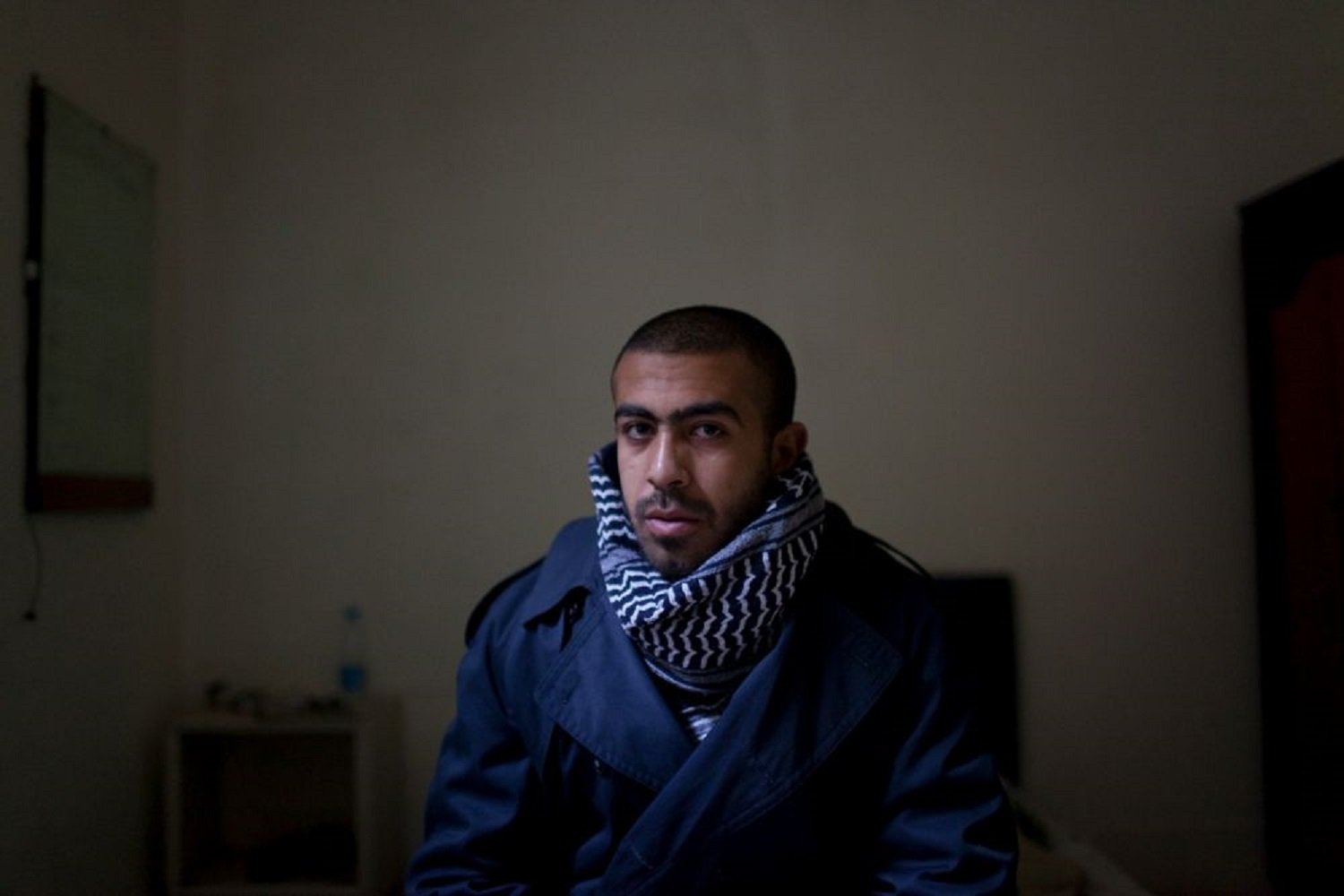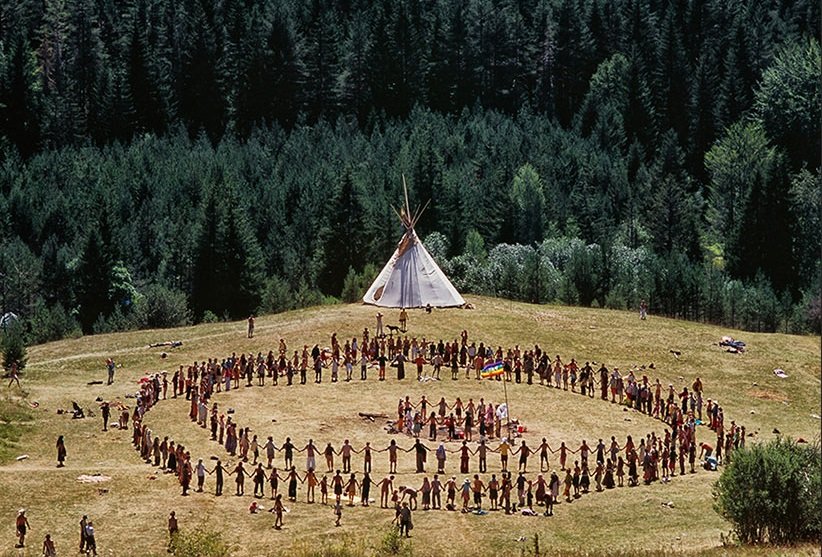Germany –
The PhotoBookMuseum (The_PBM) pays tribute to the central form of expression in photography: the photobook.
To introduce the concept, the Photoszene Köln will present an international exposition at the Carlswerk in Cologne-Mülheim from August to September 2014. The expo will be organized by the Cologne-based foundation Schaden.com.
The program will include exhibitions, workshops, PhotoBookStudies, talks and discussions.
Opening: 19 August 2014
Photokina: 16 – 21 September 2014
August – September 2014
Carlswerk Edition
Cologne-Mülheim
19 August – 3 October 2014
THE PHOTOBOOKMUSEUM
Paradigm shift in photography
Since the turn of the millennium, the photobook has rapidly become the central form of expression in photography. Thanks to digital technology, more photobooks have likely been published in the past ten years than in the previous 170. The medium of the book has long since developed from an instrument for spreading knowledge to an autonomous art form. A new generation of photographers, curators, historians, collectors and publishers see the photobook as a type of visual Esperanto. A photography festival without a section on photobooks has become inconceivable. Museums too are increasingly accepting this paradigm shift. Important institutions such as Tate Modern in London and the Museum of Fine Arts in Houston have been purchasing photobook collections in order to stay abreast of current developments in visual culture. Although photographic collections have for decades been an integral part of museum holdings, there is to date no museum dedicated exclusively to the photobook. The planned PhotoBookMuseum will change this.

A museum of the 21st century
The mission of the museum will be to promote the photobook as an independent artistic medium. The PhotoBookMuseum is intended to be a vibrant public space that educates a broad audience about the form, content and function of photobooks. Its motto could be this: away with showcases. The PBM will have only a few valuable photobooks that are kept behind glass. Instead, visitors will be encouraged to handle the majority of objects so that they can feel the paper and leaf through the books at their own speed. In this way they can literally grasp the intent of the photographer. Access to objects will be given top priority. The PBM will have nothing in common with dusty museums of the past. Instead it will take impetus from reform-minded institutions such as Tate Modern. Its director, Chris Dercon, is pursuing the goal of making Tate Modern a museum of the 21st century, a democratic institution that offers visitors space for active participation. He calls for inclusivity instead of exclusivity. Sharing, he says, is cool. This is something that the PBM believes too. Its program is specially geared towards a broad audience.
The photobook as a mobile exhibition
Photobooks can be complex things. They are more than just books of pictures. They make an artistic statement. The editor decides on the selection and sequence of the images and determines their size and arrangement. What is also important is the combination of typeface, graphic elements, paper, binding and cover. Once a photobook has been printed, its composition cannot be changed. An exhibition, on the other hand, can be modified any number of times: after the opening, for example, or when it is moved to a different site. Curators value this flexibility. Artists often don’t. For them, the photobook is a guarantee that their artistic statement will remain unchanged, wherever and whenever their book is read. In addition, it is simpler and less expensive by far for a compact photobook to travel than it is for a complete exhibition. Seen in this manner, the photobook is itself a mobile exhibition.
When it is kept in a display case, however, a photobook is comparable to Snow White in her glass coffin: beautiful, but not vital. In order not to destroy a photobook, curators usually frame photographs from the book and hang them on the wall. As a result, exhibitions are dominated by individual prints. All attention is focused on them. But the photobook as a whole is the actual work of art. Its special effect can only unfold if it is held in the hand or if fundamentally new forms of presentation can be found. In order to show what the future PhotoBookMuseum can achieve in this respect, Schaden.com will be presenting an expo on the grounds of the Carlswerk in Cologne-Mülheim from August to September 2014.
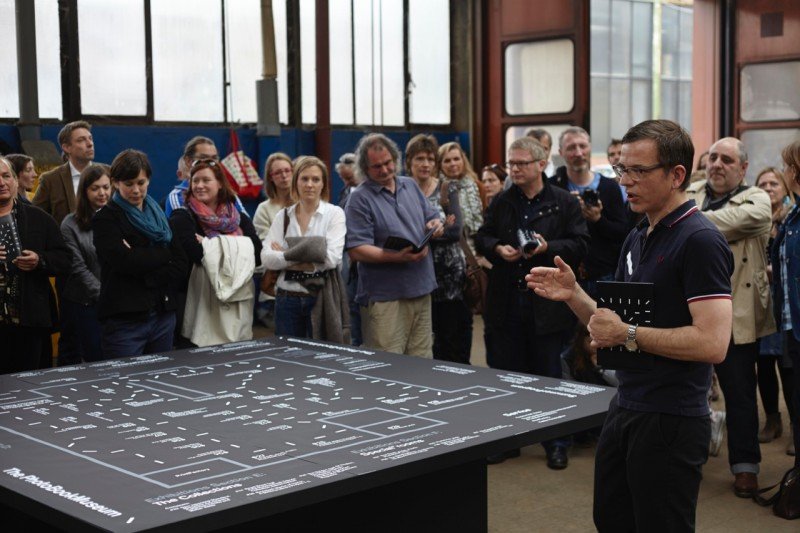
EXPO AT THE CARLSWERK / presented by Photoszene Köln
Start at 5:30 am
The opening of the expo will take place on the best of all possible days: the 175th anniversary of the invention of photography. It will begin on Tuesday, 19 August 2014, early in the morning with an event in which everyone in Cologne who is awake at 5:30 am will hopefully participate. They will be asked to use a digital camera or cell phone to take a picture of Cologne. Preferably in an urban setting. The images they make will be shown that evening on the expo grounds. The organizers hope that together these images will present a multi-faceted portrait of the city.
The event is inspired by the famous photobook Köln 5 Uhr 30 by the Cologne photographer Chargesheimer (1924–1971). In 1970 he documented the deserted streets and squares of Cologne at 5:30 am. That same year, he was invited to show this work at Photokina. He made extra-large prints of his photographs and created a special design for the exhibition.
On the occasion of the PBM expo, this legendary exhibition will be faithfully reconstructed on the basis of photographs and other documentation. How did Chargesheimer approach this task? How did he present his book on walls? And what can the PBM learn from him that will benefit future exhibitions?
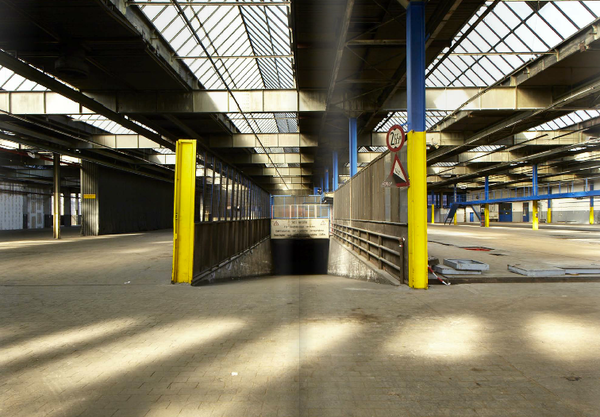
The world in photobooks
Over 25 exhibitions will illustrate the wide variety of styles and contents of photobooks from around the world. Of these, one group will be historical overviews. Eric Kessels from the Netherlands, for example, will concentrate on the history of private photo albums, while Martin Parr from Britain will present a collection of important photobooks on the subject of protest. The other exhibitions will show work of Hans-Jürgen Raabe, Jiang Jian, Dominique Darbois, and Gerry Badger and Martin Parr.
Another group of exhibitions will focus on outstanding examples of current photobooks. These will include works such as PIGS by Carlos Spottorno, the winner of the 2013 Kassel Photobook Award. In his photobook this Spanish photographer examines the effects of the recession on southern European countries. The design of this ironical and critical publication is based on the magazine The Economist from Britain. Other photobooks that will be shown are by Christina de Middel, Oliver Sieber, Stephen Gill, David Alan Harvey, Hans-Jürgen Raabe, Ricardo Cases, Deanne & Ed Templeton, Ali Taptik, Carolyn Drake, Todd Hido and Andrea Diefenbach

Guest collections
Martin Parr and Gerry Badger’s compendia The Photobook: A History I + II triggered a collection boom between the years 2004 and 2006. Reference objects became collector fetishes. Some photobooks were suddenly unaffordable. But speculators can be found in almost every market, whether industry, property or art. Collecting for its own sake or for financial reasons is, however, something that the PBM has absolutely no intention of promoting. For this very reason, it has no plans to acquire a collection of its own or to make specific photobook acquisitions.
Instead, collectors will be invited to work together with the curators of the museum to present their collections to a broad audience. The collections chosen will be dedicated to photobook-related themes. Cäcilia and Walter Zöller, for example, collect publications by Daido Moriyama, one of the most important Japanese photographers of the post-war era. To date, these two collectors have acquired over 70 photobooks by Moriyama. Oliver Klobes and Oliver Tielsch from Cologne are skateboarders and publishers of Monster Skateboard Magazine, and their collection reflects their interests. Bernd Detsch collects photobooks by and about the painter and photographer Ed Ruscha, and Larissa Leclair collects publications from independent publishers.
PhotoBookStudies: A place of learning
Developed by Markus Schaden, PhotoBookStudies are a completely new way of approaching the photobook. They are in effect secondary literature presented visually in the form of a rhizomatic map. Large, wooden partitions serve as both bulletin boards and blackboards. Photographs, book pages and other illustrated material are arranged graphically and supplemented by written notes. PhotoBookStudies illustrate the artistic, historical and social origins of a photobook. They also show the people, events and developments that influenced the author in his or her work.
Together with students from the Kunsthochschule für Medien Köln (Academy of Media Arts in Cologne), Markus Schaden developed, for example, a PhotoBookStudy on Ed van der Elsken’s Love on the Left Bank. This photobook tells a love story in the bohemian scene in Paris of the 1950s and is considered an incunable of this genre.
As a gesture of respect to the Swedish photographer Anders Petersen, the PBM is planning to build a replica of Café Lehmitz. Peterson’s photographs of this famous Hamburg bar were published in 1978 in a photobook of the same name. The story of this photobook will be traced in a PhotoBookStudy on the exterior walls of the replica.
Other studies will focus on the work of Stephen Shore, Todd Hido, Susan Meiselas and Daido Moriyama.
The PhotoBookMuseum feat. Erik Kessels : “…photobooks don’t kill you…! from Markus Schaden on Vimeo.
Our programs: A key element of the PBM
A substantial array of supporting programs will reflect our objective of making accessible the diverse culture of the photobook. In cooperation with Photoszene Köln, the PBM will organize workshops, lectures, discussions and tours. Photobook experts from around the world will be invited to these events. An important objective will be fostering a lively exchange about the impact, contents and styling of photobooks. What makes a photobook special? And how does it work?
Perhaps visitors will be inspired to create of photobook of their own. Courses, laboratories, printing workshops and photobook experts will be on hand to help. Programs will be equally suited to beginners and experts. A special section will be devoted to children and teenagers.
Normally visitors are not allowed to touch exhibits in museums. This will not be the case in the reading room of the PhotoBookMuseum. There visitors will have access to over 300 photobooks. They will be encouraged to feel the haptic quality of the paper and to study in their own way the photobooks on display. The reading room will feature works considered for the Photobook Award at the Fotobookfestival in Kassel from 2007 to 2013. This selection was chosen by a top-class jury and will provide an excellent overview of contemporary photobook developments.

THE LOCATION
Photographic Cologne
For years, Cologne has been a German Mecca of photography. It was here that August Sander, Hugo Schmölz, and Chargesheimer worked as did the great promoter of photography L. Fritz Gruber. Today Cologne is home to photographers such as Candida Höfer, Boris Becker and Wolfgang Zurborn. The photographic collections of Museum Ludwig and the SK Stiftung Kultur are internationally recognized as are galleries specializing in photography such as Thomas Zander and Priska Pasquer.
Cologne’s reputation as the capital of photography is, however, based above all on the first and most important photography trade fair in the world: Photokina. Founded in 1950, this trade fair will take place in 2014 parallel to the PBM expo at the Carlswerk. At the same time, the photography festival of Internationale Photoszene Köln will begin under new management and with a new concept. The festival will include over 60 exhibitions and events throughout Cologne. One of these is the PhotoBookMuseum expo at the Carlswerk in Cologne-Mülheim.
 Support PBH on @Indeigogo Campaign
Support PBH on @Indeigogo Campaign
Expo hall, Carlswerk
This former cable factory and the immediate vicinity are today home to culture, media and entertainment. Venues such as E-Werk and Palladium and the theaters of Schauspiel Köln have helped make this former industrial area, known as Schanzenviertel, one of the liveliest and most diverse parts of right-bank Cologne. The trade fair grounds and the old town are not far away and the Carlswerk can be easily reached by public transportation or car. Visitors require only 15 minutes to travel there from the main station by public transportation. Visitors arriving by car will use nearby highway A3.
The master plan: The PhotoBookMuseum in 4 stages
1. Carlswerk Edition
The spectacular expo at the Carlswerk will be the first stage on the way to creating the PhotoBookMuseum.
2. Online Edition
An online version of the museum is being planned in order to document the expo and share the experience with friends of the photobook who are unable to visit Cologne this summer. The website will also inform readers about news and developments at the PBM.
3. Cargo Edition
In 2015, selected exhibitions will be loaded into shipping containers and will begin touring the world in order to publicize the work of the PBM. Event organizers in Arles, Vevey, Venice, Los Angeles, Istanbul, Johannesburg and Jakarta have already expressed interest in the Cargo Edition.
4. Final Edition
A key objective of the PhotoBookMuseum is to establish a central institution for artist photobooks. To achieve this goal, it will eventually require a permanent location. Preferably in Cologne, of course. It is here that the PBM hopes to carry out its work. The PBM will be a laboratory, an archive, a place of study, a place to exchange information, a place to make contacts, and a venue for exhibitions and events.
Emaho Founder – Manik Katyal has been invited by Markus Schaden, one of the world’s leading photo book experts to curate a selection of photo books for the PBM from South-Asia.


